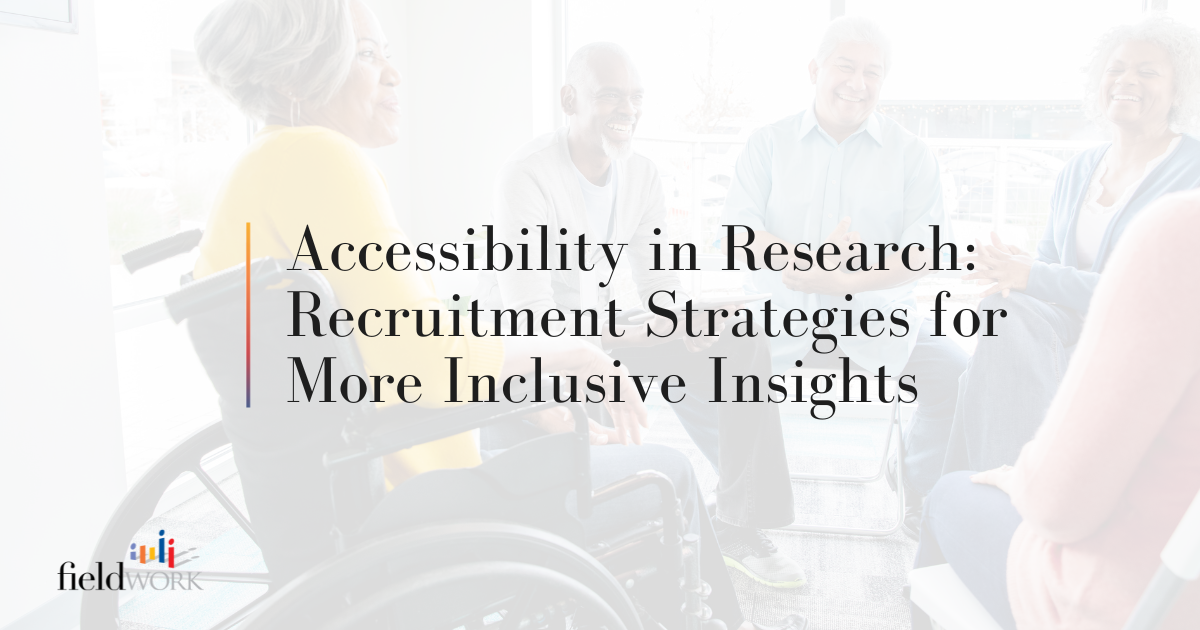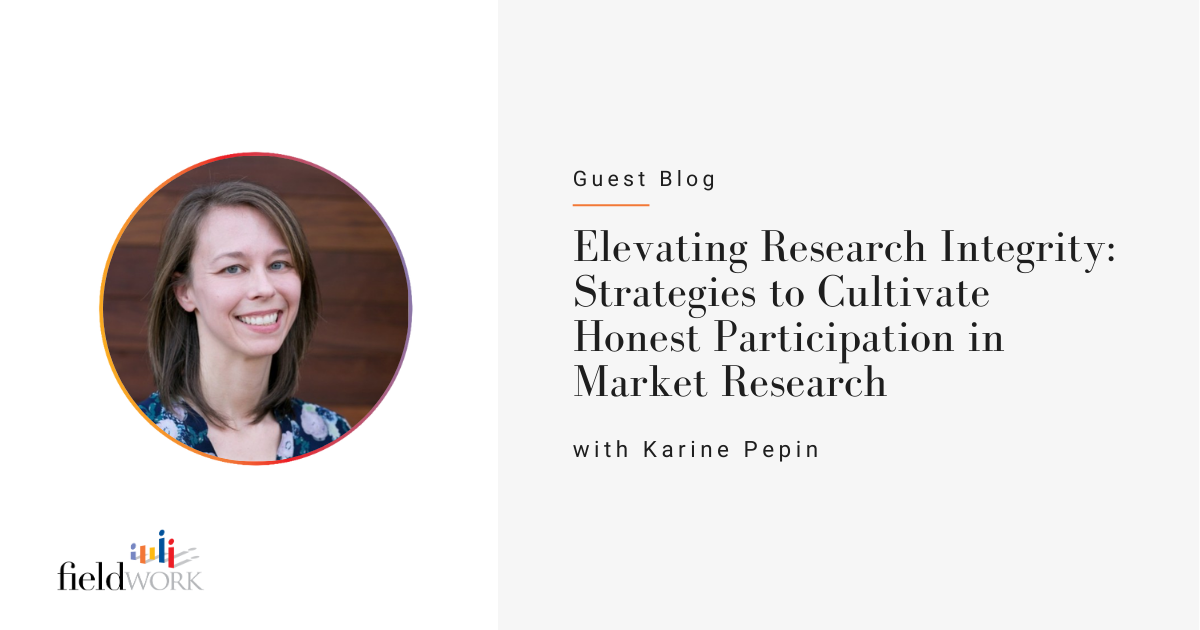Incorporating inclusion into market research practices isn’t just a nice-to-have—it’s a business imperative. The benefits of inclusive practices in market research include attracting new consumers, retaining loyal ones, and gaining a competitive edge in the market. However, many research studies fail to engage a truly diverse audience, often due to logistical challenges or limited resources. Without an inclusive approach, research results may not reflect the full spectrum of diverse perspectives that shape consumer behaviors today.
Why Inclusive Market Research Matters
Successful inclusive market research ensures that diverse backgrounds—spanning race, gender, age, ethnicity, sexual orientation, and socioeconomic status—are represented in your research study. These varied perspectives are critical to understanding consumer behavior, enabling brands to design better products and create inclusive marketing campaigns that resonate deeply with diverse communities.
The data speaks for itself. According to a recent Adobe study, 61% of Americans value diversity in advertising, and 35% are more likely to trust brands that showcase diverse representation. By embedding inclusivity into your marketing strategy, you’re not only fostering equity but also earning trust and loyalty from underrepresented groups.
Organizations who pay attention to diversity in terms of staffing, sampling, customer research, and product design have better innovation, more loyalty, and highly engaged customers. As Forbes recently reported this process “typically begins with inclusive research. Inclusive market research demystifies more customers’ motivations, preferences, and behaviors.”
The Impact of Inclusive Research on Customer Experience
Can inclusion improve your CX and UX studies for medical devices? Absolutely!
To ensure that instructions are clear and intuitive, you need to test with all individuals who use or could potentially use the product. For instance, if you’re evaluating instructions for an insulin pen, it’s critical to include a representative sample of users. If over 25% of people with Type 2 Diabetes belong to a specific ethnicity or age group and you fail to include them, you’re missing a significant portion of the picture—and, by extension, insights into consumer behavior.
Everyone desires products they can pick up and use without prior knowledge. Often, discovering what makes a product intuitive comes from engaging a diverse group of users whose experiences differ from the expected norm. By prioritizing inclusivity, you uncover design insights that serve all consumers, not just a narrow segment.
Customer Experience (CX) and User Experience (UX) research explores how individuals perceive and interact with your brand at every touchpoint, from initial discovery to post-purchase engagement. Through methods like usability testing, task analysis, and human factor studies, you can understand how users navigate and feel about your product.
When you consider the entire customer journey through an inclusive lens, you can identify opportunities to refine both your content and design. Frustrations can arise at any stage, whether during an online purchase or while resolving an issue with customer support. Observing the journey through the eyes of a diverse audience allows you to pinpoint pain points, optimize touchpoints, and build trust. Recognizing the individual challenges faced by all user groups ensures your product and brand resonate universally.
Authentic Research
Authentic research is built on respecting and valuing differences, fully embracing diversity in all its forms. Consider this: according to the CDC, 1 in 4 U.S. adults lives with a disability. Yet, how often are these individuals included in focus groups or IDIs? Failing to engage marginalized communities results in incomplete insights and limits the impact of your findings.
Today’s consumers are highly attuned to authenticity—or the lack of it. They can quickly identify when a brand's efforts to appear inclusive feel superficial. True inclusivity in marketing, product development, and outreach begins with thoughtful, inclusive market research. Engaging diverse perspectives from the start helps you design products that are not only functional but also meaningful to a broader audience. It allows you to craft marketing materials that resonate beyond your current customer base and create a seamless customer experience that supports all users throughout their journey.
By ensuring your research captures voices from all backgrounds, you lay the foundation for genuine connection and innovation that reflects the real-world diversity of your audience.
Participants Must Feel Comfortable and Heard
Ensuring participants feel valued and at ease is essential for meaningful inclusive market research. Fieldwork leverages extensive recruiting and outreach expertise to help clients meet their quotas while fostering an environment where participants feel respected. For example, if you need to compare the prevalence of a particular audience in Chicago versus Phoenix, Fieldwork provides actionable feedback to help your research study succeed.
To further enhance inclusivity, we offer native speakers, multicultural moderators, and honest guidance on appropriate incentives. Our facilities are thoughtfully located with features like accessible parking, ensuring ease of access. Additionally, our virtual platform extends geographic reach, enabling participation from diverse communities nationwide. These measures increase show rates and create a welcoming atmosphere that encourages honest, authentic feedback.
Special circumstances, such as mobility limitations or the need for tailored services, are also addressed. Fieldwork’s experienced recruiters and project managers collaborate with clients to provide accommodations, ensuring all research participants feel empowered to contribute.
Organizations committed to quality understand that diversity and inclusivity are not optional—they are critical to achieving richer insights. When all voices are represented, products improve, marketing resonates, and everyone benefits. Listening to participants from all walks of life leads to innovations that genuinely meet the needs of a diverse audience.

Want to know what it looks like to work with a facility and UX Research support partner? We wrote the guide on it.






